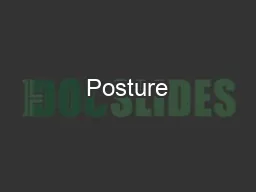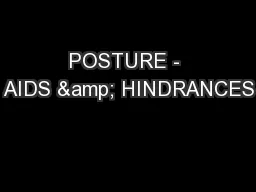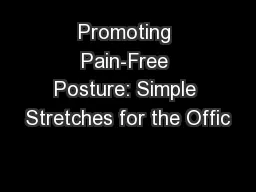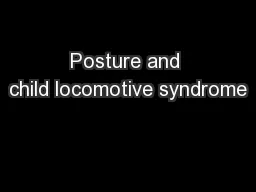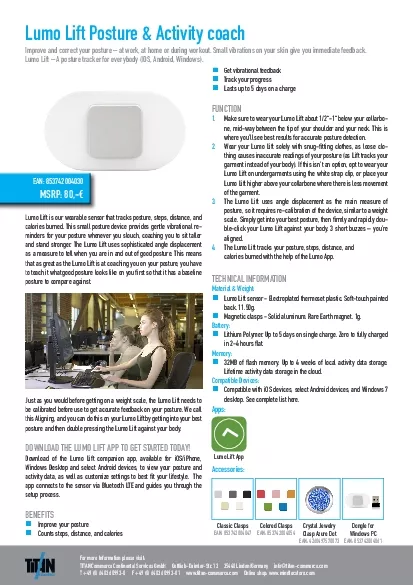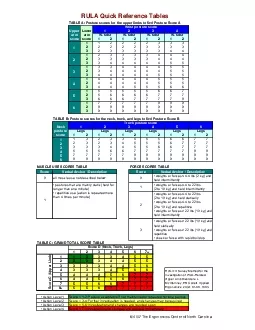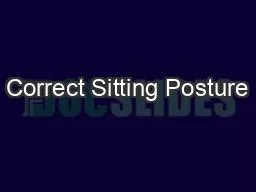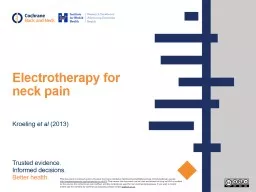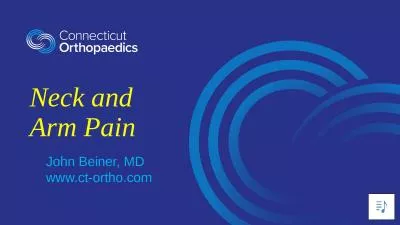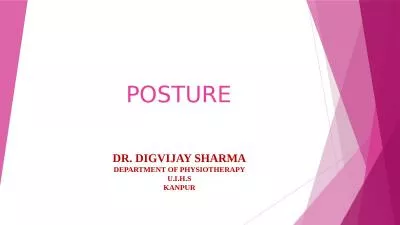PDF-Posture Posture is important when experiencing neck pain
Author : luanne-stotts | Published Date : 2014-11-29
Here are some examples of good and bad sitting and lying postures Exercises The exercises overleaf should be started gently and increased gradually and you should
Presentation Embed Code
Download Presentation
Download Presentation The PPT/PDF document "Posture Posture is important when experi..." is the property of its rightful owner. Permission is granted to download and print the materials on this website for personal, non-commercial use only, and to display it on your personal computer provided you do not modify the materials and that you retain all copyright notices contained in the materials. By downloading content from our website, you accept the terms of this agreement.
Posture Posture is important when experiencing neck pain: Transcript
Download Rules Of Document
"Posture Posture is important when experiencing neck pain"The content belongs to its owner. You may download and print it for personal use, without modification, and keep all copyright notices. By downloading, you agree to these terms.
Related Documents

